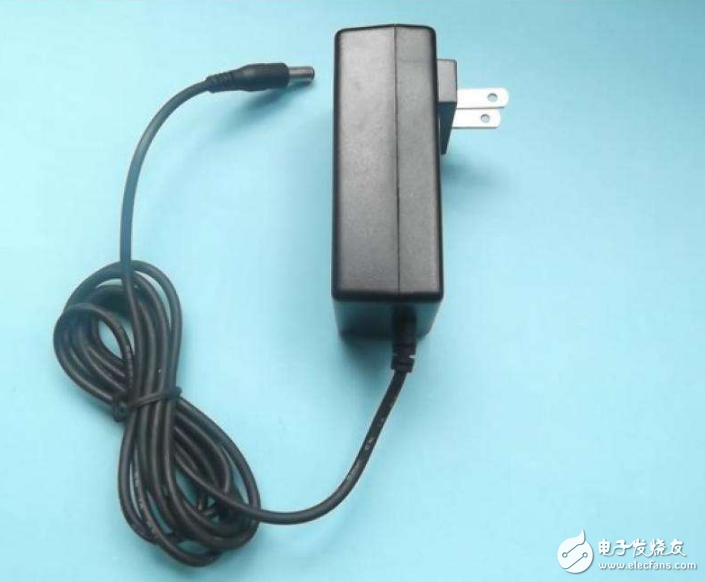When developing new switching power adapters, it's essential to ensure that the device can function reliably in various environments and provide stable current and voltage conversion. To achieve this, engineers typically incorporate output overload protection mechanisms to safeguard the adapter and maintain safe operation. This article explores two commonly used output overload protection techniques, offering insights that can help engineers enhance their design processes for new power adapter products.

Constant Power Limit Protection
One of the most widely used output protection methods in switching power supply adapters is constant input power limit protection. This technique works by limiting the maximum power that can be transmitted from the primary side of the circuit. However, in a flyback converter, this method may not offer sufficient protection to the secondary side components. For instance, when the primary peak current is limited, the transmitted power is also restricted. If the load resistance drops below a certain threshold, the output voltage will begin to decrease. As a result, the output current increases to maintain the power balance between input and output. In the case of a short circuit, the secondary current can surge dramatically, potentially overloading the entire power supply system. Therefore, this type of power limitation is often used as a supplementary measure, such as in combination with secondary-side current limiting, to provide a more comprehensive protection strategy.
Flyback Super Power Limit Protection
The flyback super power limit protection method has gained widespread use in domestic adapter development and manufacturing. It is an advanced version of the standard power-limiting approach. In this method, a monitoring circuit tracks both the primary current and the secondary voltage, automatically reducing the power output when the output voltage drops. By doing so, it helps to prevent excessive stress on the secondary components when the load resistance decreases. However, one drawback of this technique is that it may cause a locking phenomenon when dealing with non-linear loads, which can affect the overall performance and reliability of the power adapter.
Understanding these two protection technologies can significantly improve the robustness and safety of switching power adapters. Whether you're working on a basic design or an advanced product, choosing the right protection method is crucial for ensuring long-term stability and user satisfaction. Engineers should carefully evaluate the pros and cons of each technique based on the specific application requirements and environmental conditions.
Hdg And Painted Radiator,Weather Proof Hdg And Painted Radiator,Weather Proof Hdg Radiator With Coating,Leak Free Hdg And Painted Radiator
Shenyang Tiantong Electricity Co., Ltd. , https://www.ttradiator.com
